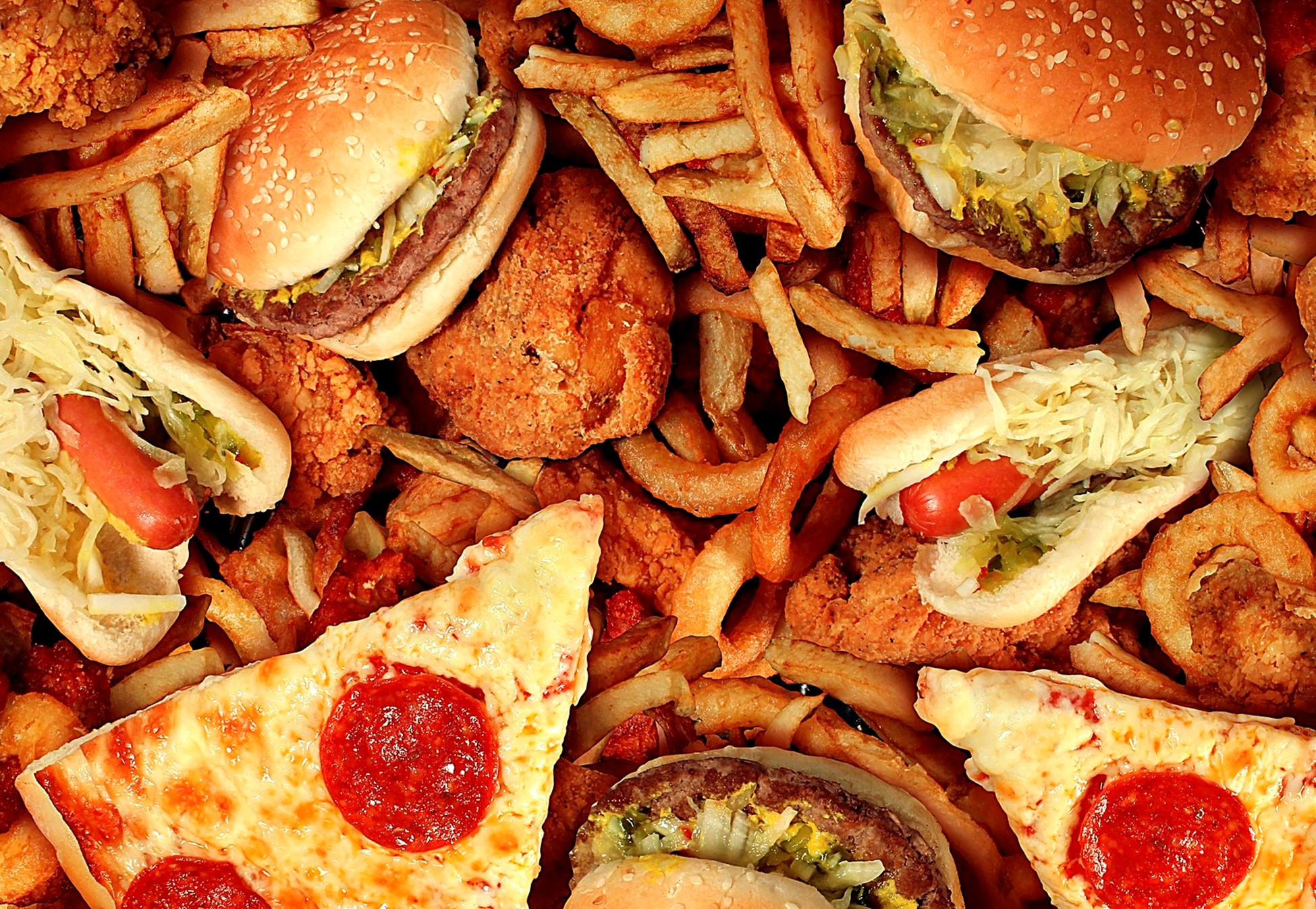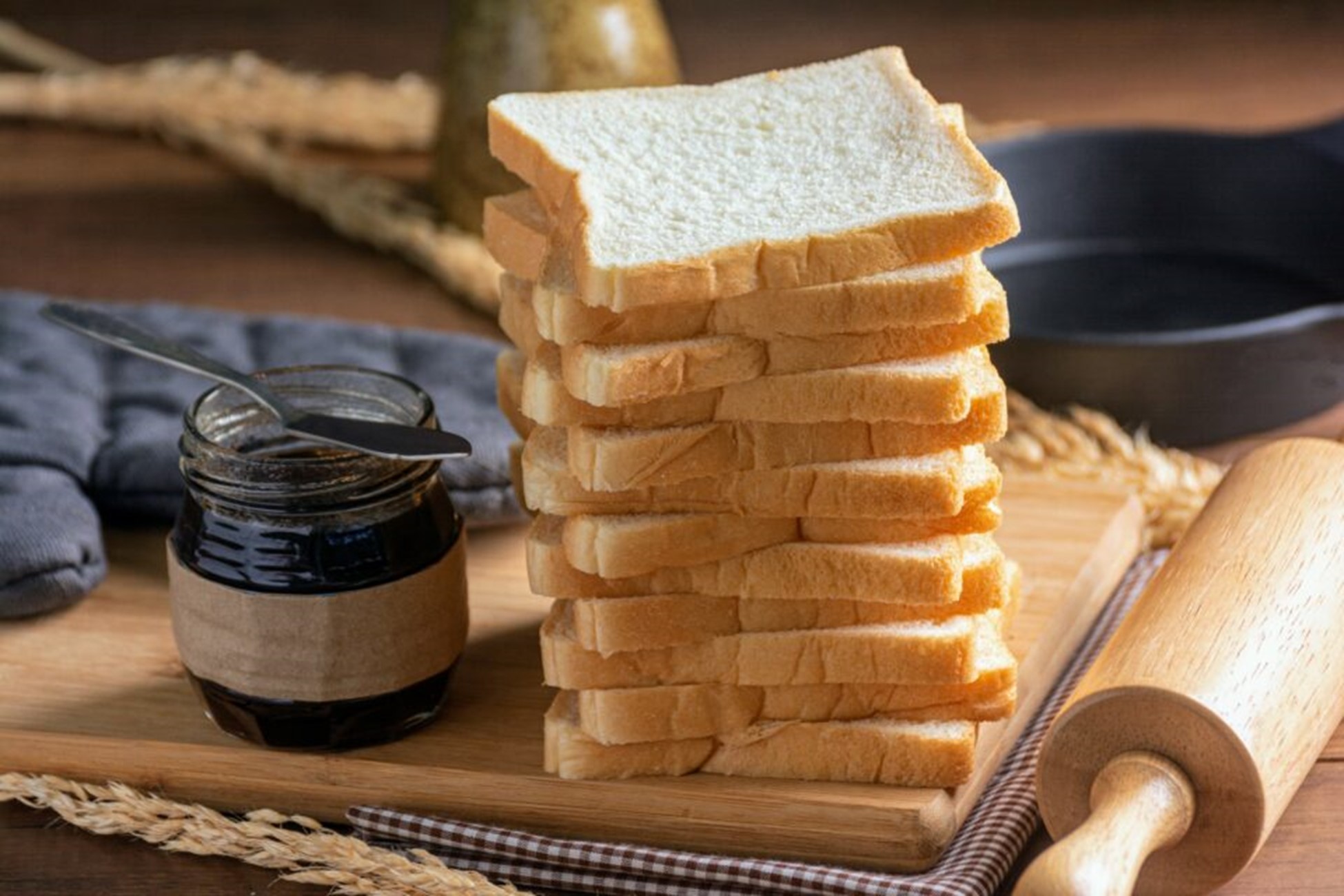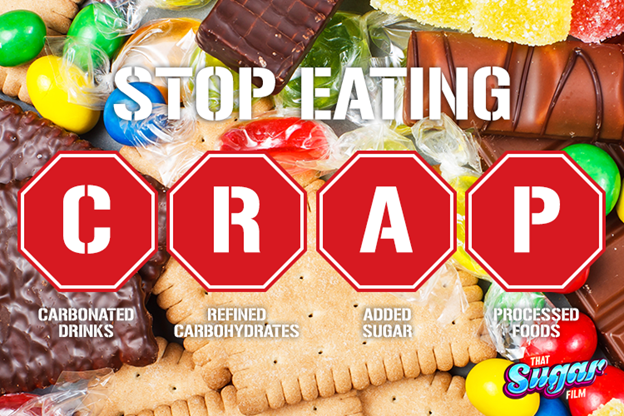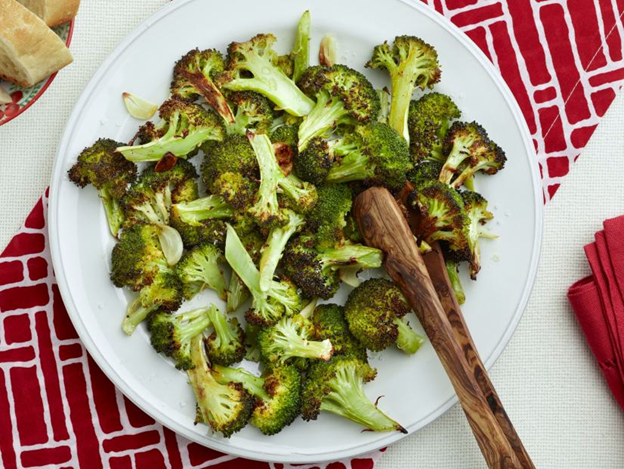Take Care of Your Pancreas and It’ll Take Care of You
With your kind indulgence, I’d like to share something very personal. Cook’n readers are family, and we’ve been friends a long time, so I know we can talk.
This week is the two-year anniversary of my one and only sibling’s unexpected death. On a Friday night I got a call from my brother-in-law telling me he’d taken my sister to the hospital emergency room because she hadn’t been feeling well all day. Late that night she slipped into a coma. The next morning she passed away. (I’m in red.)

The shock and grief were consuming. And the questions: what the heck happened? WHY? Well, it seems Sue had been terribly ill with pancreatitis. This is one ugly ailment.
I’m finally to a place where I can think or talk about it without slipping into depression. (Man I miss her.) I’ve been researching pancreatitis and the pancreas in particular, and it turns out, if you take care of your pancreas, it’ll take care of you. Pancreatitis never needs to be an issue.
So, with this introduction, here’s a quick and concise outline on the best way to take care of your pancreas. It’s all about diet. Eat well and it will stay well. Food for thought:

DON’T EAT: Fatty Foods. Foods high in saturated or trans fats can trigger pancreatitis. Follow a low-fat diet after recovering from an attack to prevent future attacks. Eliminate:

DON’T EAT: Refined Grains. Foods made with refined grains can cause pancreatitis to flare up. Eliminate:

DON’T EAT: Sugar. Foods that contain added sugar are another common trigger for pancreatitis. Eliminate:

Because pancreatitis can increase your risk of breathing problems, diabetes, infections, kidney failure, malnutrition and pancreatic cancer, watching what you eat is essential. Eating certain foods can help prevent an attack and reduce symptoms.
SO DO EAT:

Thank you for listening. It was good to talk to you about this. In appreciation I’ll leave you with a delicious pancreas-protecting recipe featuring broccoli, a cruciferous vegetable. (Courtesy of the Food Network.) Cruciferous vegetables are rich in potent antioxidants (such as sulforaphane), which protect the pancreas from oxidative stress and damage.
I’m hopin’ you’ll all take care of your pancreas…I don’t want to lose any more folks that I care about from this unnecessary ailment!

1 bunch broccoli (about 1 1/2 pounds), cut into florets, stems peeled and sliced or diced
2 tablespoons extra virgin olive oil
3 cloves garlic slliced
Kosher salt to taste
freshly ground pepper to taste
Directions:
Add Recipe to Cook'n
blog comments powered by Disqus
This week is the two-year anniversary of my one and only sibling’s unexpected death. On a Friday night I got a call from my brother-in-law telling me he’d taken my sister to the hospital emergency room because she hadn’t been feeling well all day. Late that night she slipped into a coma. The next morning she passed away. (I’m in red.)

The shock and grief were consuming. And the questions: what the heck happened? WHY? Well, it seems Sue had been terribly ill with pancreatitis. This is one ugly ailment.
I’m finally to a place where I can think or talk about it without slipping into depression. (Man I miss her.) I’ve been researching pancreatitis and the pancreas in particular, and it turns out, if you take care of your pancreas, it’ll take care of you. Pancreatitis never needs to be an issue.
So, with this introduction, here’s a quick and concise outline on the best way to take care of your pancreas. It’s all about diet. Eat well and it will stay well. Food for thought:

DON’T EAT: Fatty Foods. Foods high in saturated or trans fats can trigger pancreatitis. Follow a low-fat diet after recovering from an attack to prevent future attacks. Eliminate:
- fatty meats, such as organ meats, bacon, pepperoni and salami
- greasy foods such as French fries and cheeseburgers
- full-fat milk, cheese and yogurt
- packaged baked goods, fast food and frozen pizza (these foods can trigger a pancreatic attack)

DON’T EAT: Refined Grains. Foods made with refined grains can cause pancreatitis to flare up. Eliminate:
- white flour (can increase your triglyceride levels, which can irritate your pancreas and cause an attack)
- bread, breakfast cereal or pasta made with refined white flour
- white rice

DON’T EAT: Sugar. Foods that contain added sugar are another common trigger for pancreatitis. Eliminate:
- soda, cakes, cookies and candy (they increase triglyceride levels)
- processed foods, such as condiments, jams and frozen snacks, contain large amounts of sugar even if they don't taste particularly sweet.

Because pancreatitis can increase your risk of breathing problems, diabetes, infections, kidney failure, malnutrition and pancreatic cancer, watching what you eat is essential. Eating certain foods can help prevent an attack and reduce symptoms.
SO DO EAT:
- foods high in B vitamins and iron, such as spinach and other dark green leafy greens
- LOTS of fresh fruits and vegetables (they contain antioxidants that can help prevent an attack) such as berries, cherries, citrus, tomatoes, celery, onions, squash, cauliflower, broccoli, Brussels sprouts, and bell peppers
- healthy oil, such as extra virgin olive

Thank you for listening. It was good to talk to you about this. In appreciation I’ll leave you with a delicious pancreas-protecting recipe featuring broccoli, a cruciferous vegetable. (Courtesy of the Food Network.) Cruciferous vegetables are rich in potent antioxidants (such as sulforaphane), which protect the pancreas from oxidative stress and damage.
I’m hopin’ you’ll all take care of your pancreas…I don’t want to lose any more folks that I care about from this unnecessary ailment!

Roasted Broccoli With Garlic
Yield: 4 servings
Ingredients:
1 bunch broccoli (about 1 1/2 pounds), cut into florets, stems peeled and sliced or diced
2 tablespoons extra virgin olive oil
3 cloves garlic slliced
Kosher salt to taste
freshly ground pepper to taste
Directions:
1. Preheat oven to 450 degrees F.
2. Toss the broccoli florets with the olive oil, garlic, salt, and pepper on a baking sheet. Spread them out and then roast, without stirring, until the edges are crispy and the stems are crisp tender, about 20 minutes.
3. Serve warm.
2. Toss the broccoli florets with the olive oil, garlic, salt, and pepper on a baking sheet. Spread them out and then roast, without stirring, until the edges are crispy and the stems are crisp tender, about 20 minutes.
3. Serve warm.
Recipe formatted with the Cook'n Recipe Software from DVO Enterprises.
 Alice Osborne
Alice Osborne
Weekly Newsletter Contributor since 2006
Email the author! alice@dvo.com
Sources:
- www.ndtv.com
- www.infoarenas.com
- www.earth.com
- www.thatsugarmovement.com
- www.netmeds.com
- www.foodnetwork.com
